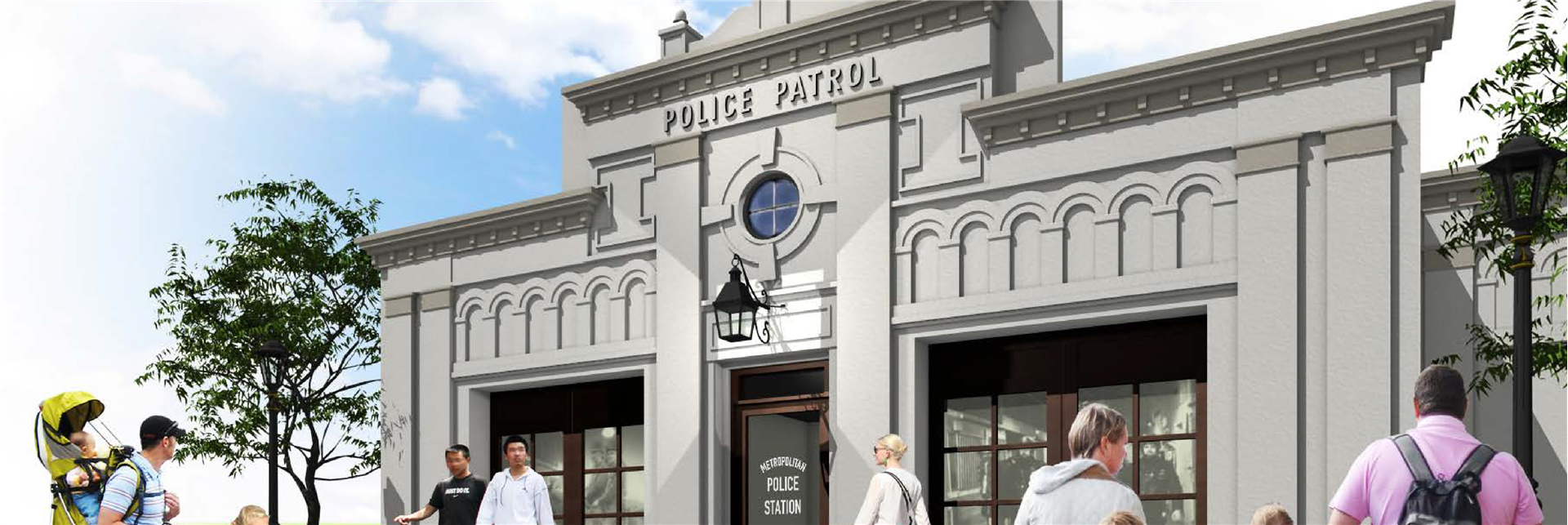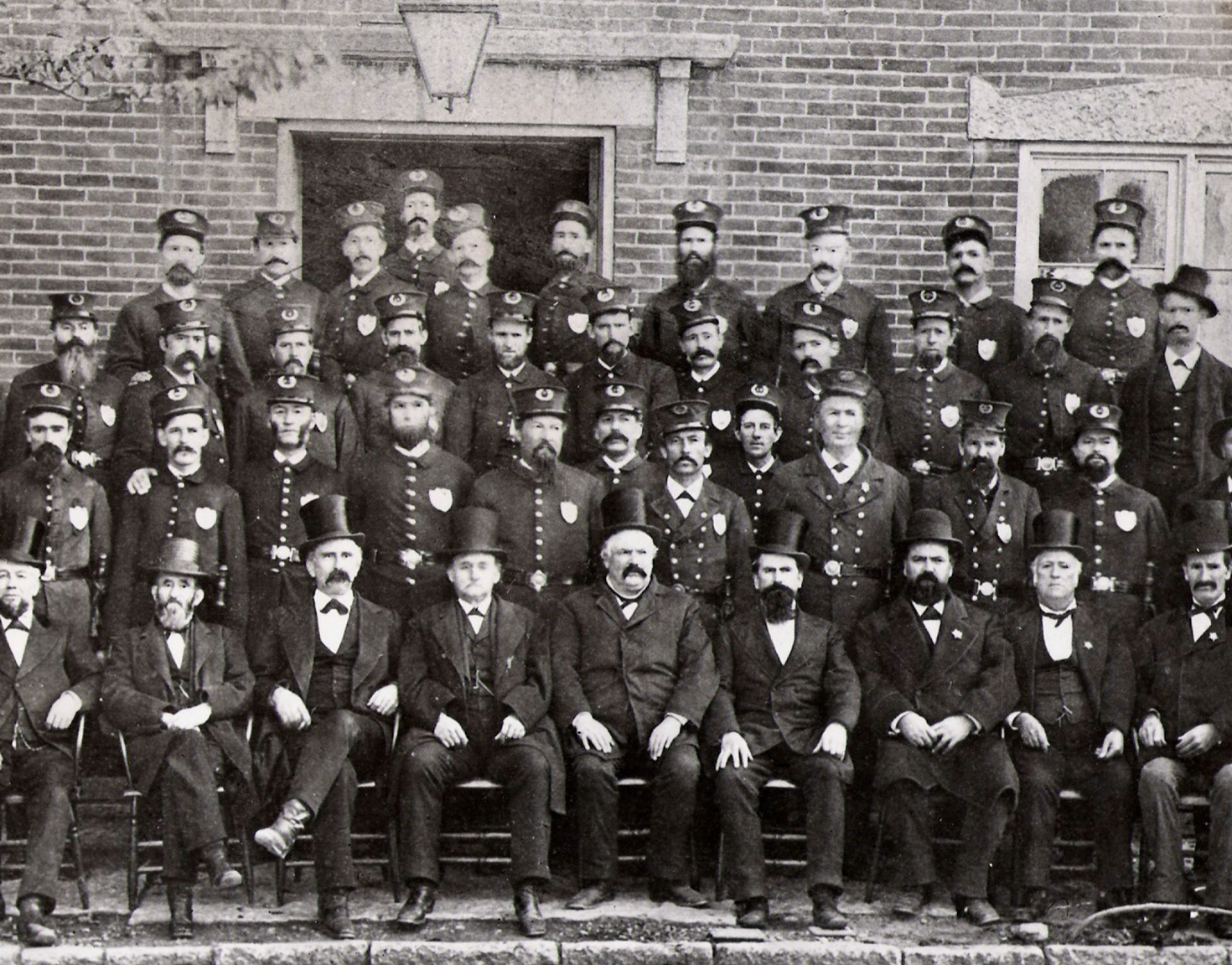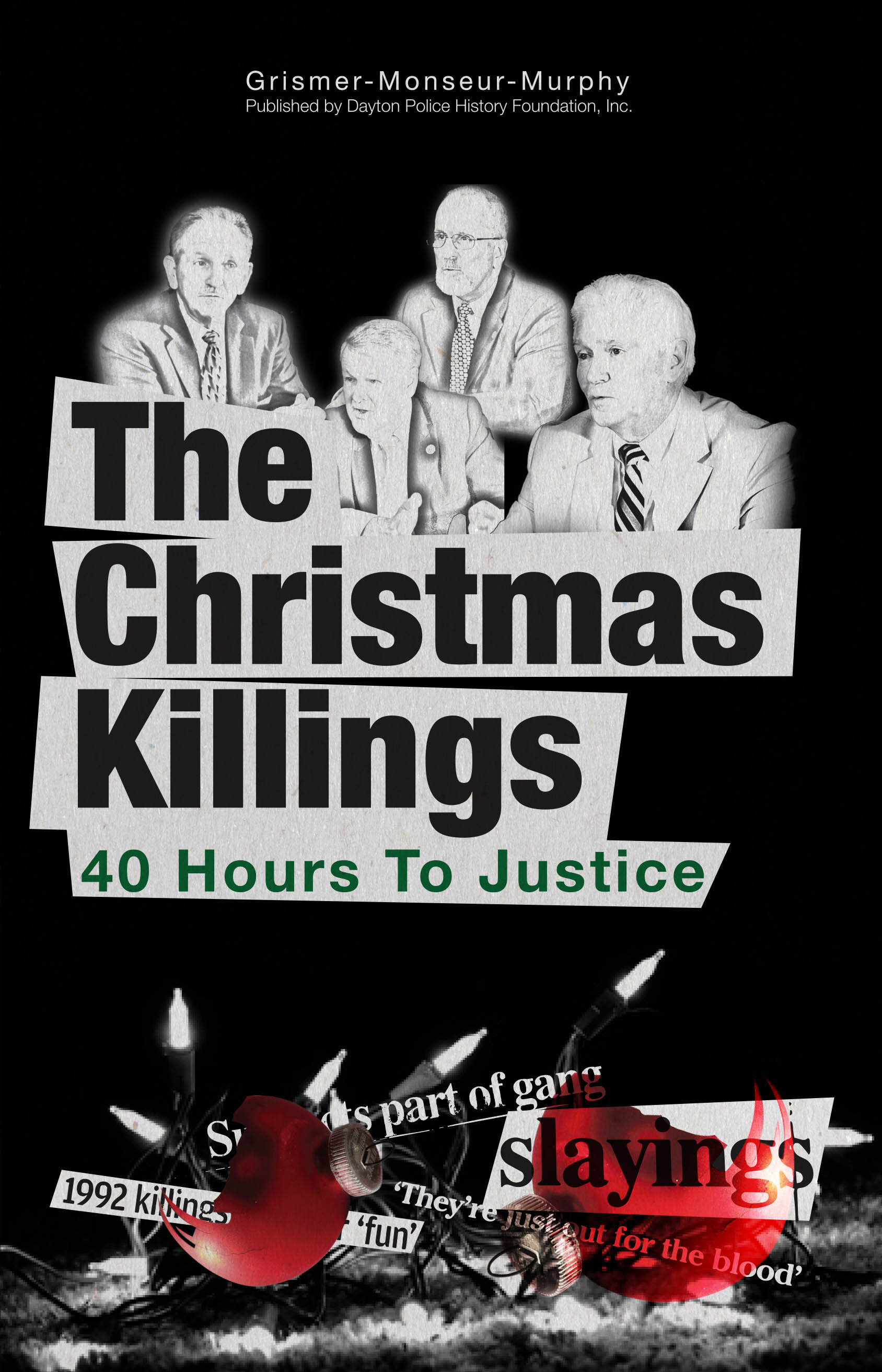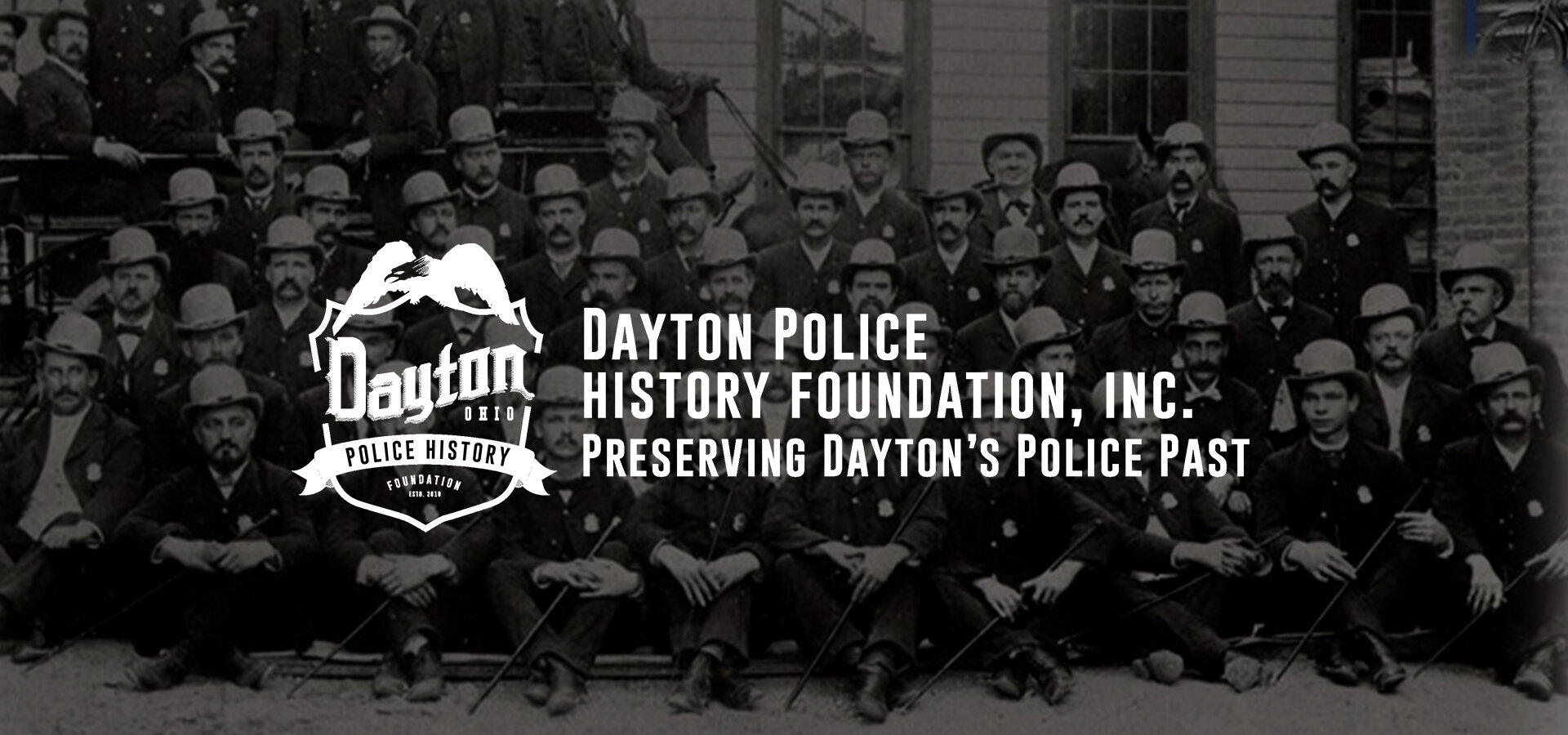
Our Mission
DPH Foundation is a non-profit 501(c) organization, focused on the historical study of the Dayton police force and Dayton's police past. The long-range goal is to establish a local police museum where all items can be placed on permanent and rotating display for the appeciation of the general public.
Like DPH on facebook to follow weekly stories and updates.
Did you know?
1867
Dayton was the third city in the State of Ohio to form a police department. It was in 1867. The first two cities - Cincinnati (1858) and Cleveland (1866) - were permitted to do so by state law because both were cities of the “first class.” Dayton and Columbus had to wait because both were cities of the “second class.”
1904
Dayton police wrote the world’s first speeding ticket. In 1904 the ticket was issued to Harry Myers on West Third Street for traveling 12 mph. Myers, a prominent Dayton broker, was driving his newly purchased Winton touring car. How the car was stopped remains open for research.
Sources: 2014 National Public Radio series; 2004 Ohio Historical Society (posted online on 100th anniversary); Dayton Daily News (3-12-1904).
1933
The notorious bank-robbing fugitive, John Dillinger, was first arrested by police in Dayton. Dillinger had been paroled after a nine-year prison term in May 1933. He repeatedly came to Dayton over the summer to visit his girlfriend, Mary Longnaker. When Dayton police were alerted on September 22 that he was in her West First Street boarding room, they surprised the bandit, taking him in custody.
1948
The Univis Lens Company strike in 1948 on McCook Avenue was one of our nation’s most violent. The second time in Dayton history when the Ohio Governor deployed National Guard troops to our city. A Time Magazine article titled “Labor: Brass Knuckles” reported the “mob” swelled to over 7,500 and called it a “savage three-month-old strike in which heads had been bloodied.”
1987
Dayton became the first in the world to develop a state-of-the-art police computer-aided dispatch system. In 1987 Dayton was the nation’s first police department to operate keyboard data terminals in police cruisers, technology that every major police department relies on today. Dayton police instituted the world’s first fault-tolerant and high-speed law enforcement data network.
1991
Dayton became an international leader in police bicycle patrol, now a standard method of operation worldwide, and the foremost authority in training. In 1991, the International Police Mountain Bike Association was co-founded by a Dayton police sergeant. Dayton is believed to be the second in the nation to form a modern bicycle patrol unit (to Seattle PD). Dayton provided training to police officers from many major city police departments east of the Mississippi and in 34 States, Australia, Canada, Ireland, Israel, The Netherlands and United Kingdom.
The Dean, Dillinger, and Dayton, Ohio
Dayton, Ohio is the setting for this story and with it comes two larger-than-life figures: John Dillinger, who would later be named the nation’s first “Public Enemy No. 1,” and Police Chief Rudy Wurstner, who would become the nation’s “Dean of Police Chiefs.” All three come into their own in different ways in the year 1903, making it the starting point for this story. While Dillinger was in and out of Dayton over a mere 5 months in 1933, Chief Wurstner served Dayton citizens over the course of 5 decades. Yet is it Dillinger who is best remembered nationally.
This is the definitive tale of Dillinger in Dayton and brings to light his forlorn love affair. Readers will also be introduced to other gangsters and mobsters with Greater Dayton connections – such as local crime figure Al Fouts, the more infamous Chicago mobster George ‘Bugs’ Moran, gangster Al Karpis, and many others. The many figures and events from the Gem City’s past provide an astonishing untold legacy. The Dean, Dillinger, and Dayton, Ohio • Legend – Lore – Legacy is available online at www.amazon.com.
The Christmas Killings: 40 Hours to Justice
The Christmas Killings: 40 Hours to Justice is an account of the 1992 murder spree investigated 25 years ago by four members of the Dayton police homicide squad. It is told from the perspective of the investigators both in the way the killings unfold for them in 1992 and as they recalled the callouts and suspects. A significant component of the story is based on a 2012 interview session with the four detectives that was conducted at "The Moraine Embassy" bar and grill, for decades a regular watering hole for newspaper reporters, court officials, and police.
The book was written in documentary-style. It has many images of the detectives during the interview session, records from the investigative case file, newspaper articles and headlines, period and current photographs, maps depicting locations and the action as it recounted. In keeping with the style, it is delivered as if by screen narration. The actual verbatim radio transmissions between uniformed officers and dispatcher add a dynamic element to the story. The Christmas Killings: 40 Hours to Justice is available online at www.amazon.com.
Drenched Uniforms and Battered Badges - How Dayton Police Emerged from the 1913 Flood
Drenched Uniforms and Battered Badges - How Dayton Police Emerged from the 1913 Flood recounts the role of Dayton lawmen during one of the nation's worst natural catastrophes, Ohio's Great Flood. It tells how the police persevered against the terrible force of nature and how law enforcement pressed forward in its aftermath.
As the levees were breached, 136 patrolmen, at great personal peril, rescued and aided the citizens of Dayton. Police officers acted on their own instincts in the first few days because they were in the field without lines of communication, transportation or supervision. The story describes the measures taken by those on the front line to safeguard the city of Dayton at the time of its greatest natural disaster.
This commemorative book, written for the 100th anniversary of the Great Flood, includes more than 70 flood and police pictures, photographs of 25 patrol men and unique images of police artifacts from the period. Drenched Uniforms and Battered Badges is available online at www.amazon.com.
All proceeds support the efforts of Dayton Police History Foundation to preserve the legacy of local law enforcement.
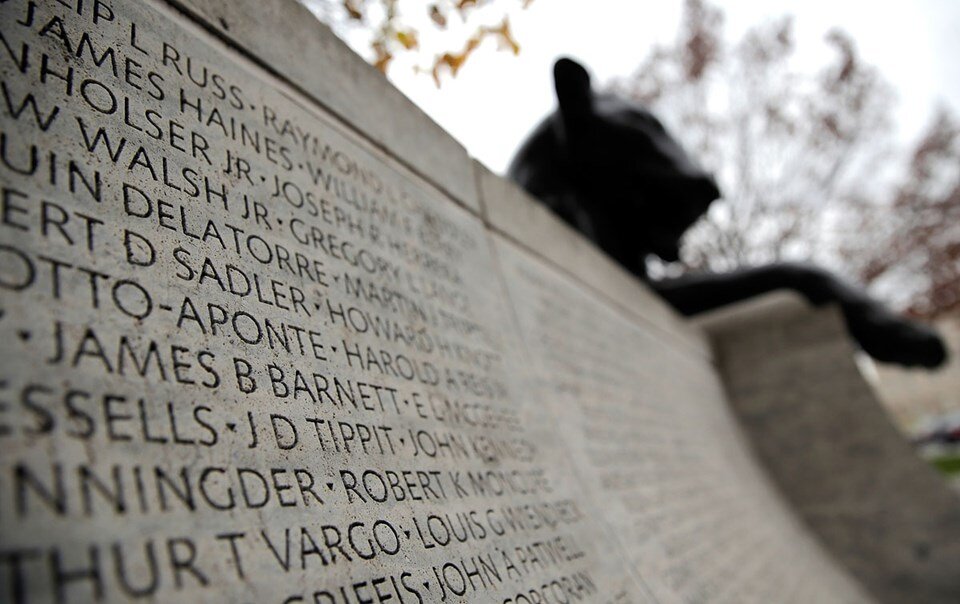
OUR FALLEN HEROES
